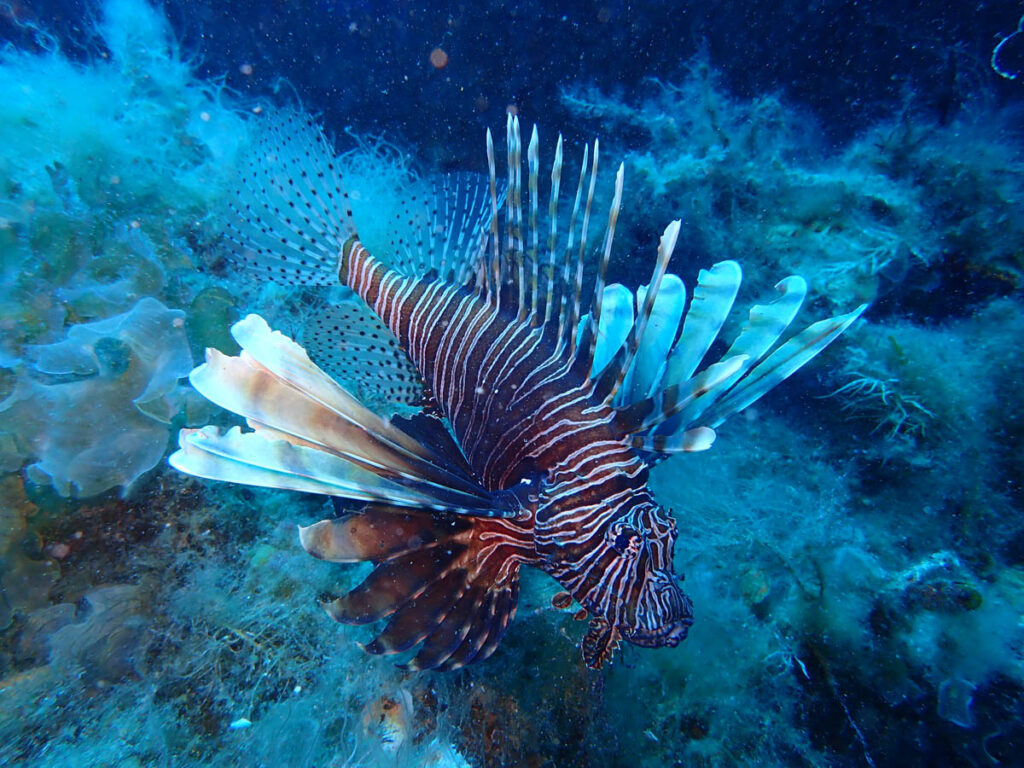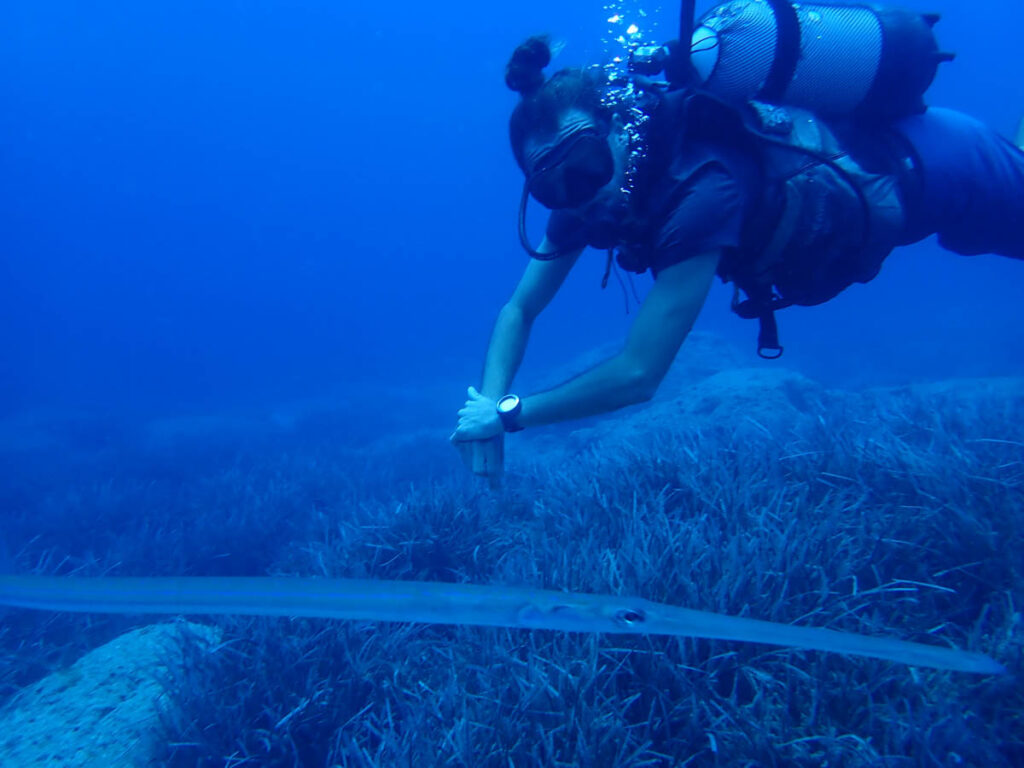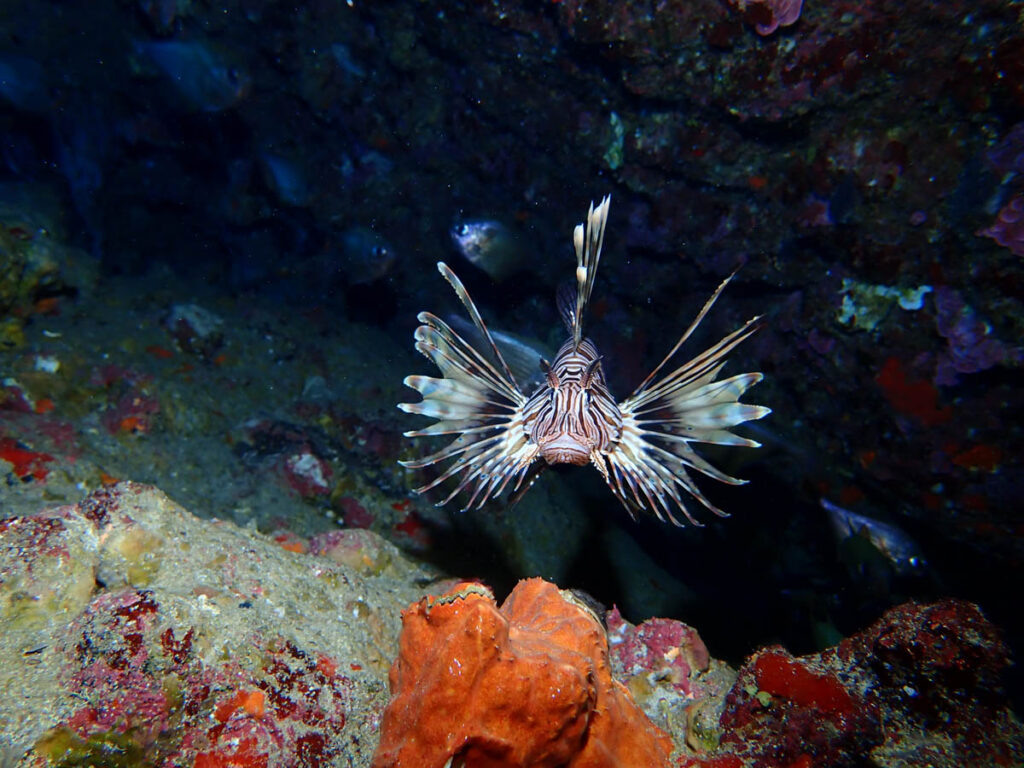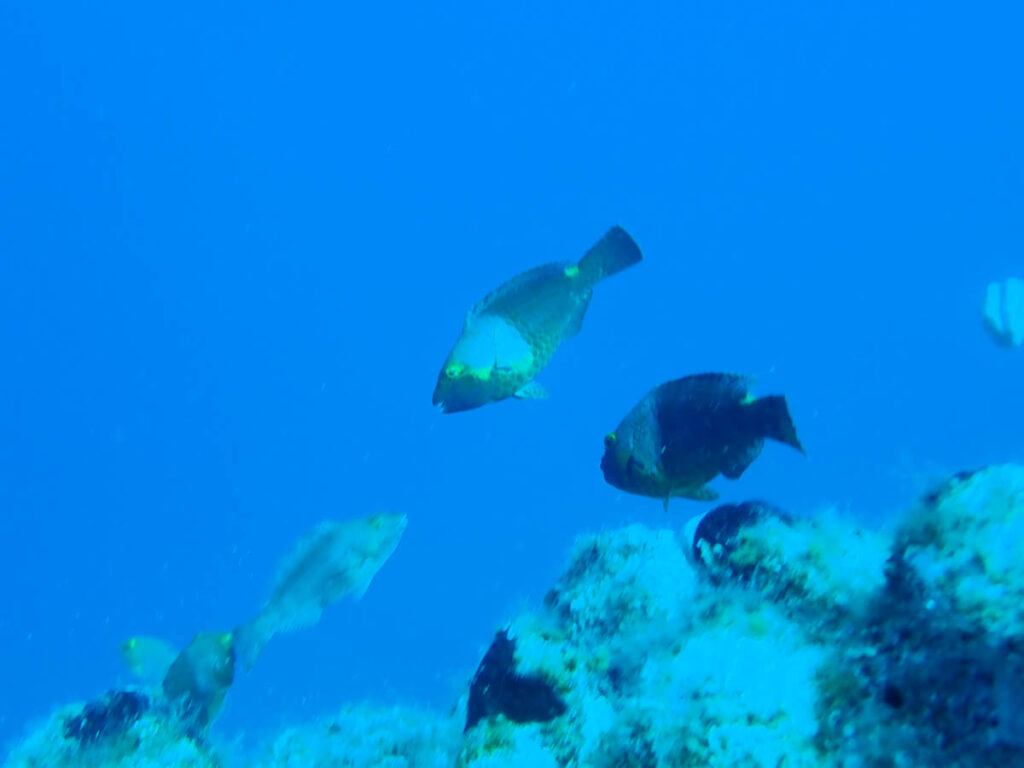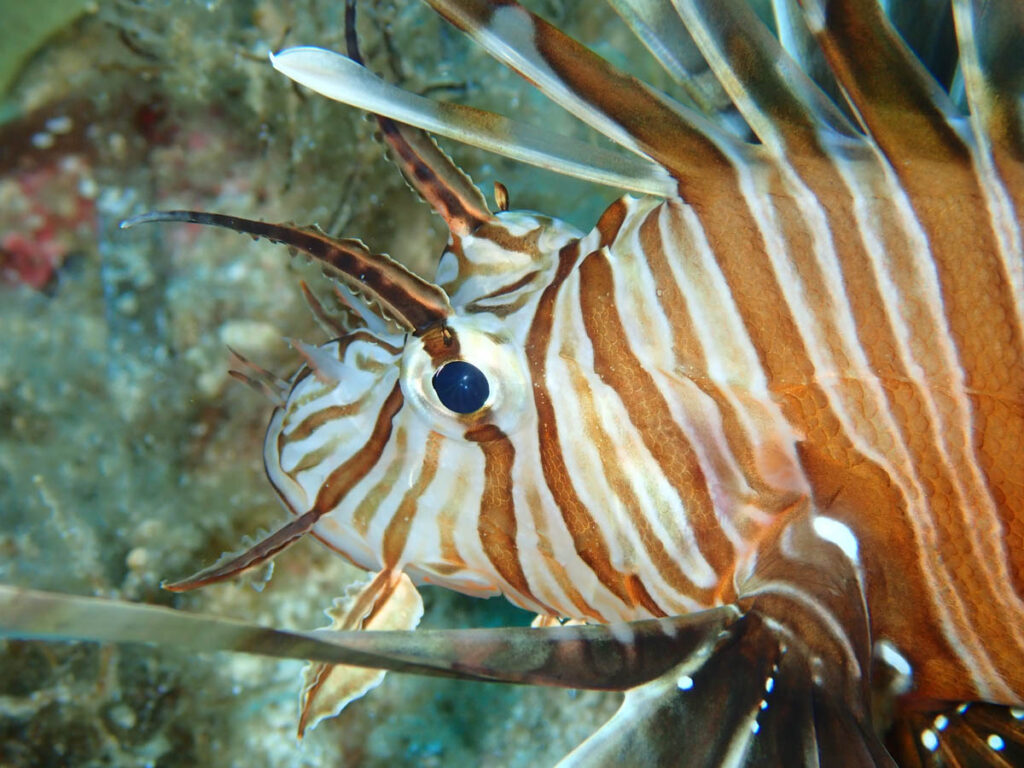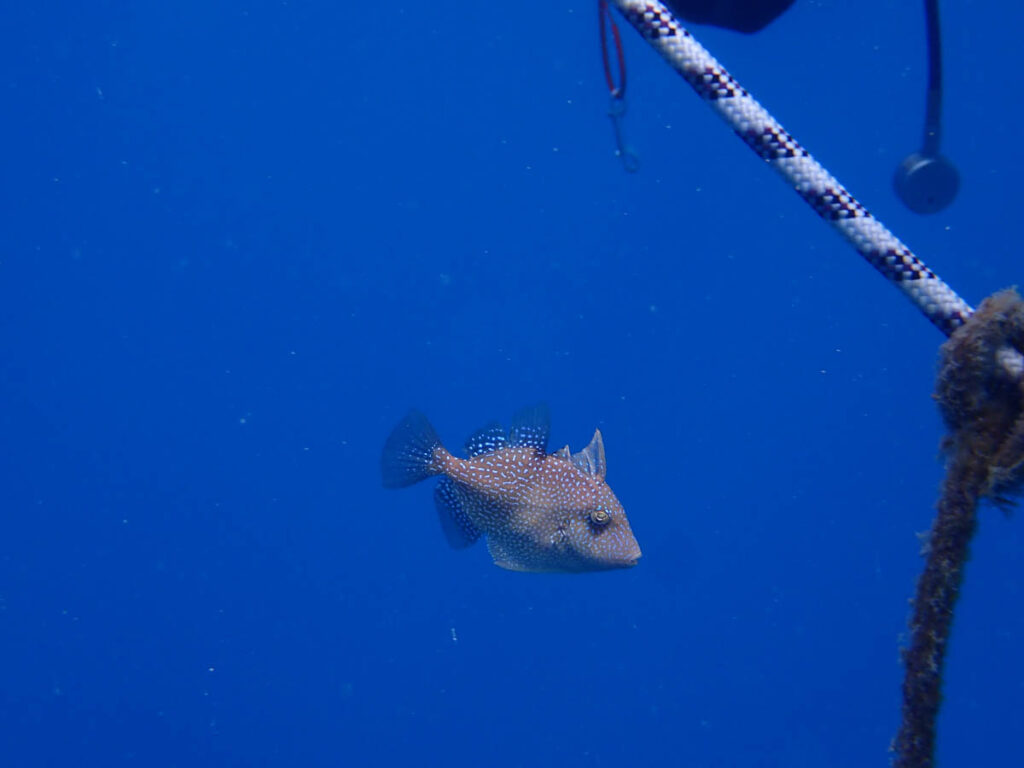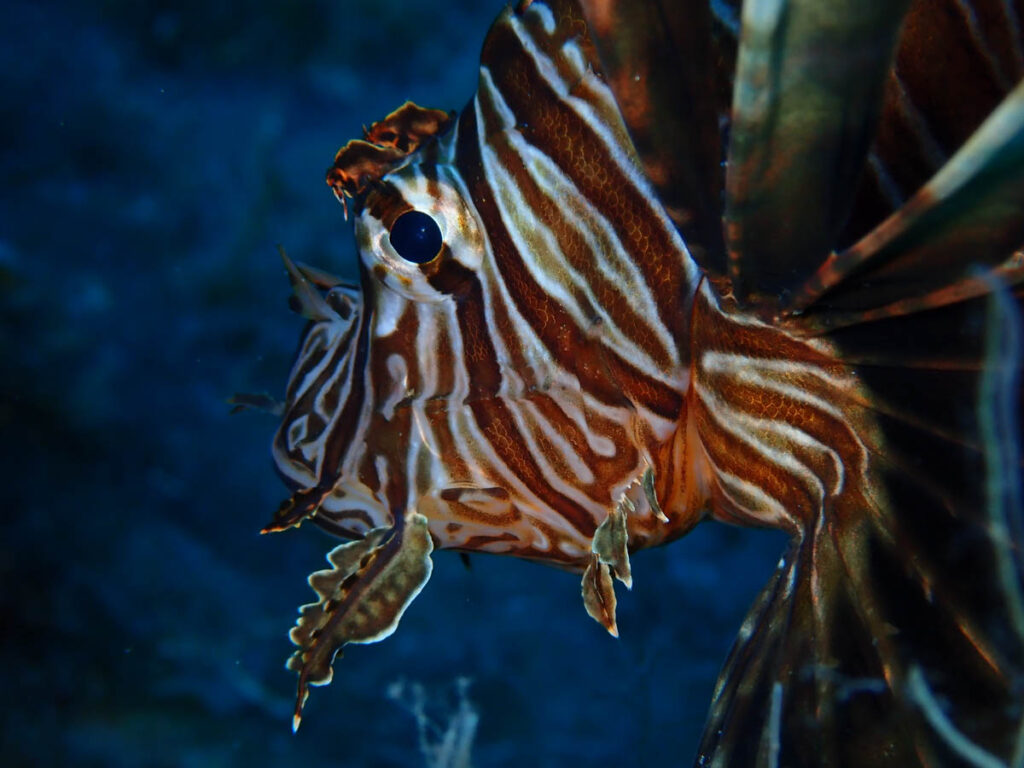During my Ph.D. the main topic of my research was the seagrass Posidonia oceanica resilience in a climate change future scenario. I’ve always carried out experiments in the field, even though working in a real “natural laboratory” can be challenging sometimes.
The Mediterranean Sea is characterized by a wide range of temperature, changing through seasons but also from North to South and from East to West, and many species living here just adapted themselves to different temperature variations. Cyprus was a good place for me to test P. oceanica at different temperature from where my base was (Sardinia). In fact, this big island is far from the Gibraltar strait, where the cold water of the ocean enters the basin, but also close to the Suez channel where the warmer water of the Red Sea can enter the basin.
In summer 2022, period of my experiment, the temperature of the water in the South-East of Cyprus reached 30°C on the surface but also 29°C down to 28m! I was shocked! The first thought is “niiiice, I can easily dive in my bikini!”, but immediately after I realized that it’s not normal, and the reason why we have such warm temperatures, is because of climate change. Apart from the high temperature, once I had jumped in the water, I realized that the fauna around was weird! P. oceanica is endemic to Mediterranean Sea but the temperature and the surroundings in that area made me feel I was diving in a tropical place! Trumpetfish, parrotfish, lionfish were swimming around me even though they are not species that normally live in the Mediterranean Sea. What’s happening? The Mediterranean Sea is going through a TROPICALIZATION, the increased occurrence of the warm-water biota (Bianchi and Morri, 2003). This phenomenon is the result of four different actions: Atlantic influence, lessepsian migration (species from the Red Sea), species introduction by humans, and sea water warming.
Species from the Red Sea are moving through the Suez channel to the Mediterranean Sea following the warm water flux, and almost 1000 alien species have already moved to warming waters and replaced endemic species to the Mediterranean Sea. These species will find good conditions to live and reproduce apart from the temperature range they used to live in, they will find a good place as a shelter, prey to eat and no predators to run away from.
A species becomes “invasive” if it spreads fast in large numbers and causes ecological problems, such as outcompeting the local species, or causes problems in terms of jobs and livelihoods. Even though invasive species are seen as threats to ecosystem functioning and responsible for biodiversity loss, not all the invasive species are dangerous, but it is important to keep an eye on all of them!
In Cyprus an example is the lionfish, a generalist and voracious predator native of the Indian Ocean, rapidly spreading in the Mediterranean Sea, demonstrating the fastest invasion ever recorded in the region. It is already known how the two species of lionfish Pterois miles and Pterois volitans have brought many problems in the Western Atlantic, and some management actions are already in place. The invasion of the lionfish in Cyprus is happening while the authorities and decision makers in general are not prepared, with no contingency plan (as of yet) to be elaborated and the selective removal of the invasive lionfish Pterois miles is among the alternative methods available to reduce, at least locally, the abundance of this invasive species. (Jimenez et al., 2017). Luckily the UE realized how dangerous might this problem be and it funded the RELION MED life project, that, from November 2017, promoted different removal expeditions.
The goals of the projects are the following:
Develop the necessary capacity and mechanisms in Cyprus so the country can act promptly and effectively against the lionfish invasion, and other invasive species from the Red Sea Demonstrate the effectiveness of a range of lionfish invasion prevention measures, such as the development and implementation of an early surveillance and detection system and a removal response system Build capacity and knowledge which can be transferred and replicated by other countries of the Mediterranean, so they can control lionfish expansion in their waters. (For more info please visit https://relionmed.eu).
To make a long story short, surely it was nice to see tropical species in the Mediterranean Sea, but it is much better (and healthier) seeing them in their real habitat!
Bianchi, C. N., & Morri, C. (2003). Global sea warming and “tropicalization” of the Mediterranean Sea: biogeographic and ecological aspects. Biogeographia–The Journal of Integrative Biogeography, 24(1).
Jimenez, C., Andreou, V., Hadjioannou, L., Petrou, A., Alhaija, R. A., & Patsalou, P. (2017). Not everyone’s cup of tea: Public perception of culling invasive lionfish in Cyprus. Journal of the Black Sea/Mediterranean Environment, 23(1), 38-47



